Google Pixel 9 Pro: price, release date, cameras, new features, and more
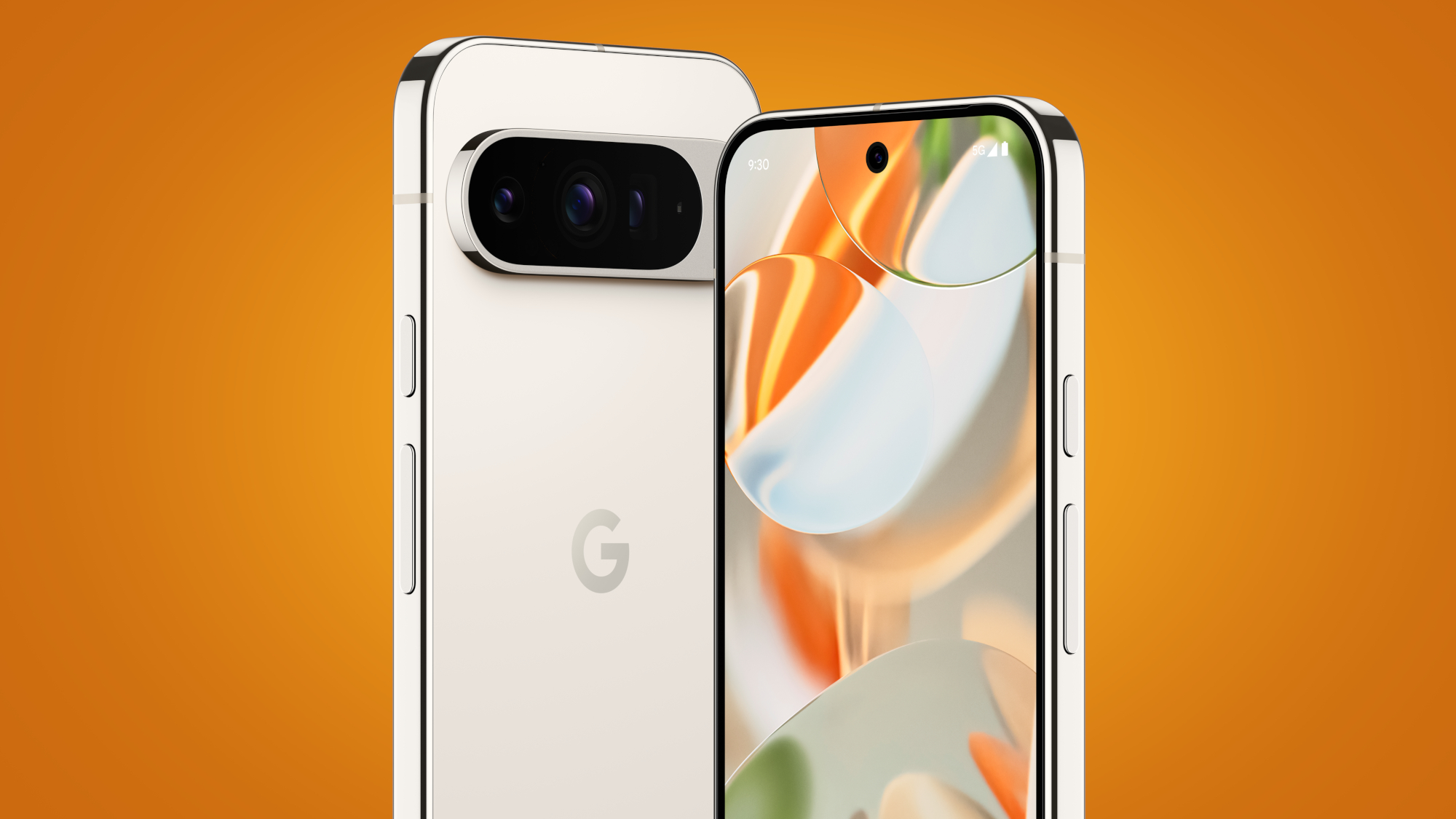
The Google Pixel 9 Pro is official, with Google having debuted the new phone alongside the Google Pixel 9, Google Pixel 9 XL and Google Pixel 9 Pro Fold at its latest Made by Google showcase.
We've already handled the Pixel 9 Pro for ourselves, and you can check out our early thoughts on the new device in our hands-on Google Pixel 9 Pro review. For a look at the other phones, head to our hands-on Google Pixel 9 review, hands-on Google Pixel 9 XL review and hands-on Google Pixel 9 Pro Fold review.
In this guide, we'll be focusing on the Pixel 9 Pro, specifically, so read on for a condensed rundown of the new phone's release date, price, specs and features.
The Tensor 4 chipset in the Pixel 9 Pro and Pixel 9 Pro XL hasn't performed well in a CPU throttling test.
Cut to the chase
- What is it? Google’s latest Pro-branded Pixel smartphone
- When is it out? Pre-orders are open now, shipping begins on September 4
- How much will it cost? Starts at $999 / £999 / AU$1,699
- What upgrades does it bring? A more durable design, a Tensor G4 chipset, 16GB RAM and improved camera performance
Google Pixel 9 Pro: release date and price
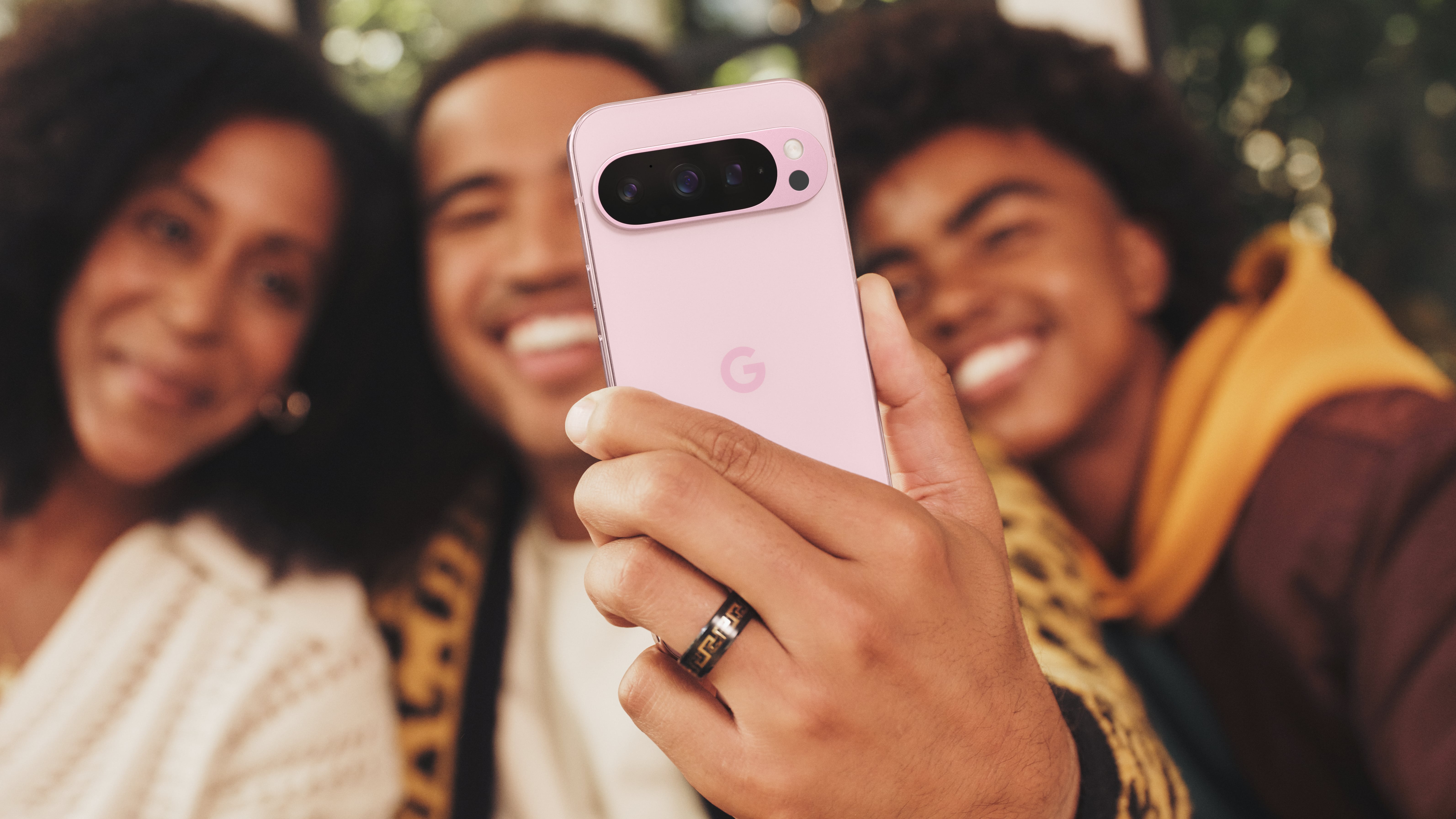
- Available to pre-order now, shipping from September 4
- Starts at $999 / £999 / AU$1,699
The Pixel 9 Pro was announced at Google's most recent Made by Google event on August 13, 2024. It's available to pre-order now (check out our dedicated Google Pixel 9 Pro pre-orders page for the latest deals), with shipping set to begin on September 4. The Pixel 9 and Pixel 9 Pro XL will begin shipping on August 22.
The Pixel 9 Pro costs $999 / £999 / AU$1,699 for the model with 128GB of storage, with that price rising to $1,449 / £1,449 for the 1TB storage option (in Australia, the maximum storage capacity is 512GB, which costs AU$2,049). 256GB and 512GB options are also available in every region, with all four options coming with 16GB RAM.
As for the new phone's colors, you can buy the Pixel 9 Pro in Obsidian, Porcelain, Hazel and Rose Quartz. The Pixel 9 Pro XL comes in the same color options.
| RAM / Storage | US | UK | Australia |
| 16GB / 128GBGB | $999 | £999 | AU$1,699 |
| 16GB / 256GB | $1,099 | £1,099 | AU$1,849 |
| 16GB / 512GB | $1,219 | £1,219 | AU$2,049 |
| 16GB / 1TB | $1,449 | £1,449 | N/A |
Model comparison
Google released the Pixel 9 Pro alongside the standard Pixel 9 and larger Pixel 9 Pro XL. Here's how all three models compare:
Sign up for breaking news, reviews, opinion, top tech deals, and more.
| Google Pixel 9 | Google Pixel 9 Pro | Google Pixel 9 Pro XL | |
|---|---|---|---|
| Dimensions: | 152.8 x 72 x 8.5mm | 152.8 x 72 x 8.5mm | 162.8 x 76.6 x 8.5mm |
| Weight: | 198g | 199g | 221g |
| Display: | 6.3-inch Actua | 6.3-inch Super Actua | 6.8-inch Super Actua |
| Resolution: | 1080 x 2424 pixels | 1280 x 2856 pixels | 1344 x 2992 pixels |
| Refresh rate: | Adaptive 60-120Hz | Adaptive 1-120Hz | Adaptive 1-120Hz |
| Chipset: | Google Tensor G4 | Google Tensor G4 | Google Tensor G4 |
| Rear cameras: | 50MP main, 48MP ultra-wide | 50MP main, 48MP ultra-wide, 48MP telephoto | 50MP main, 48MP ultra-wide, 48MP telephoto |
| Front camera: | 10.5MP | 42MP | 42MP |
| RAM: | 12GB | 16GB | 16GB |
| Storage: | 128GB, 256GB | 128GB, 256GB, 512GB, 1TB | 128GB, 256GB, 512GB, 1TB |
Google Pixel 9 Pro: design and display
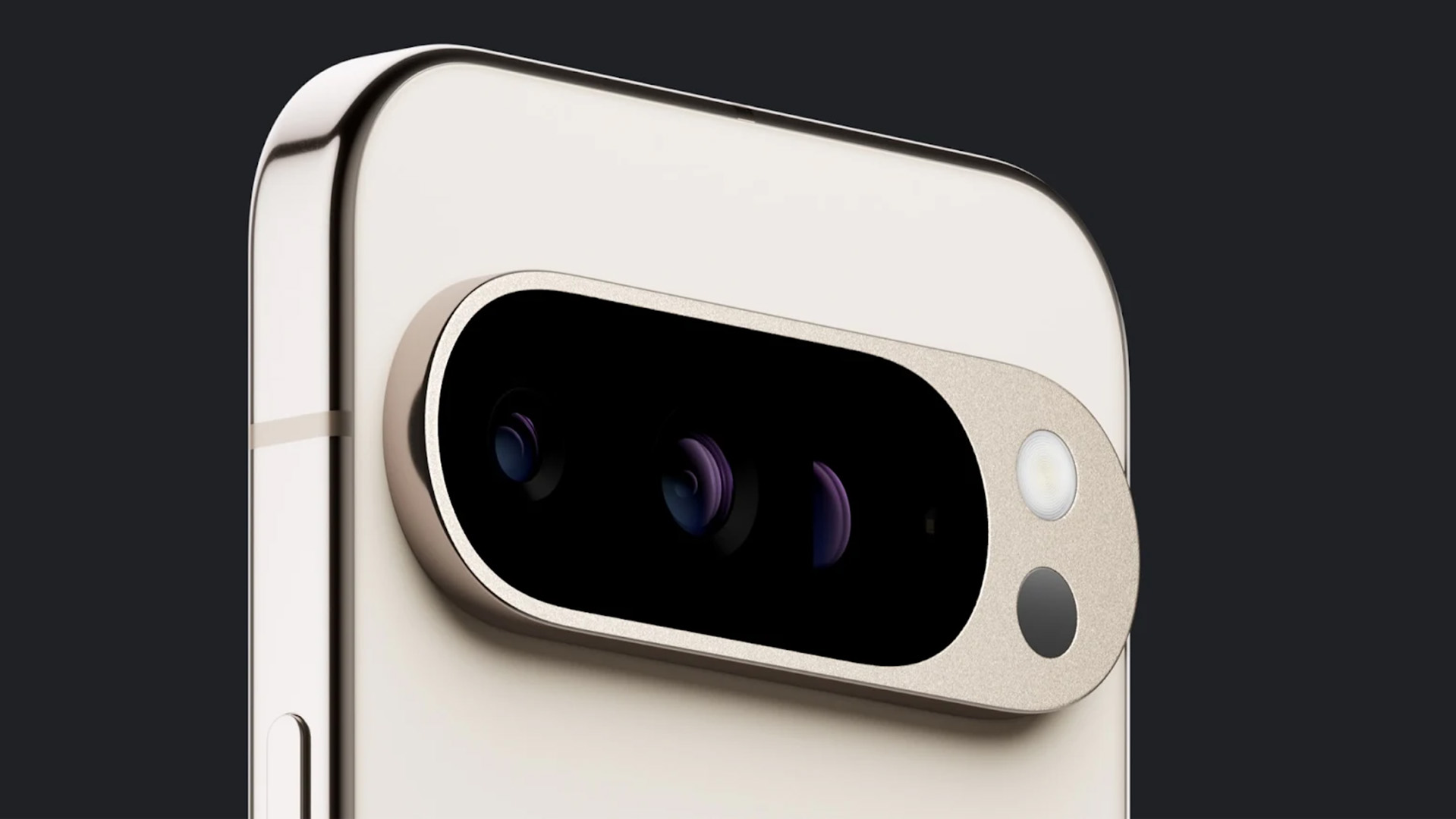
- Redesigned rear camera bump
- 6.3-inch Super Actua display
- 3,000-nit peak brightness
The Pixel 9 Pro has a 6.3-inch Super Actua panel, which is a dramatic departure from the 6.7-inch size of the Pixel 8 Pro. Why has Google downsized its newest flagship? Well, because this year, the 6.8-inch Pixel 9 Pro XL enters the fold.
The good news is that this new 6.3-inch display offers a peak brightness of 3,000 nits, which marks an improvement over the 2400-nit peak of the Pixel 8 Pro's screen.
Other changes versus the Pixel 8 Pro include a redesigned rear camera array. The Pixel 9 Pro's camera array sits on a rounded, isolated island, rather than being integrated into the rear panel, as on the Pixel 8 Pro.

Additionally, where the sides of the Pixel 8 Pro are curved, the Pixel 9 Pro has polished sides that sit flush against a flat rear panel. The phone’s corners are still curved, mind, and the rear panel remains matte rather than glossy.
Google says this new "sculpted form" delivers improved durability for the Pixel 9 Pro, and it's worth noting that the aluminum used for the phone's enclosure is 100% recycled.
Google Pixel 9 Pro: cameras
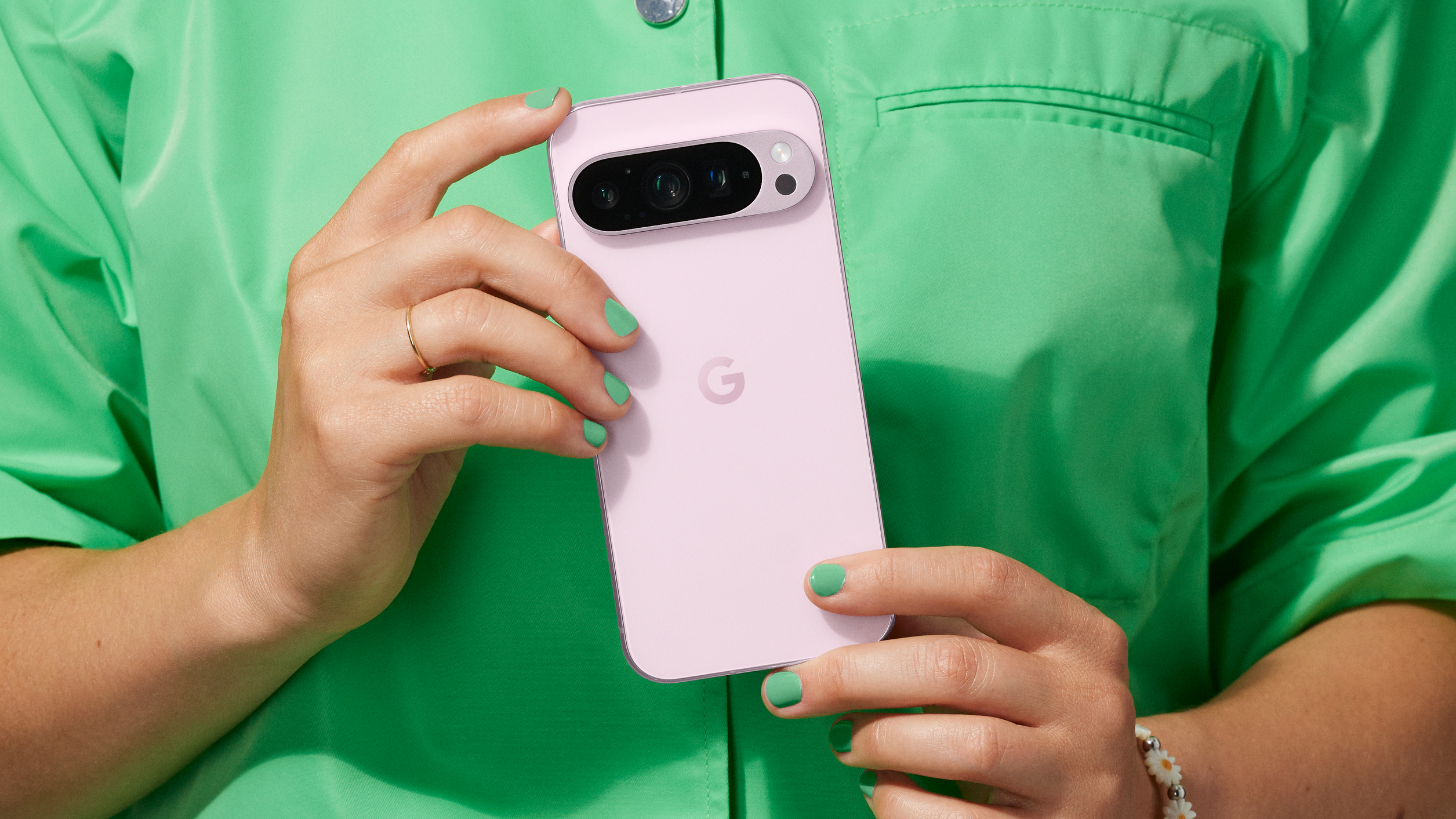
- Same 5x zoom lens as the Pixel 9 Pro XL
- AI offers Improvements to video zoom and night video
- New 42MP selfie camera
The Pixel 9 Pro boasts the same four cameras as the Pixel 9 Pro XL: a 50MP main camera, a 48MP ultra-wide camera, a 48MP telephoto camera with 5x optical zoom, and a 42MP selfie camera.
The latter marks a dramatic improvement over the Pixel 8 Pro's 10.5MP lens, though the upgrades don't stop there. The phone's 'Super Res Zoom' feature uses AI to let you zoom up to 30x, and it's now available on video recordings, too (up to 20x).
Night Sight Video has also been improved, and Video Boost can now enhance videos to up to 8K resolution (and process dark videos twice as fast) for the "best video quality on Pixel yet." Check out our hands-on Google Pixel 9 Pro review to read our early thoughts on the phone's new camera features.
On the AI photography front, the Pixel 9 Pro introduces Add Me, a new editing feature that lets you add the photographer to a group photo by merging two photos. Google's Best Take feature returns, too, and Magic Editor has been improved to automatically reframe photos, suggest appropriate cropping and expand images to get more of the scene.
Google Pixel 9 Pro: performance and software
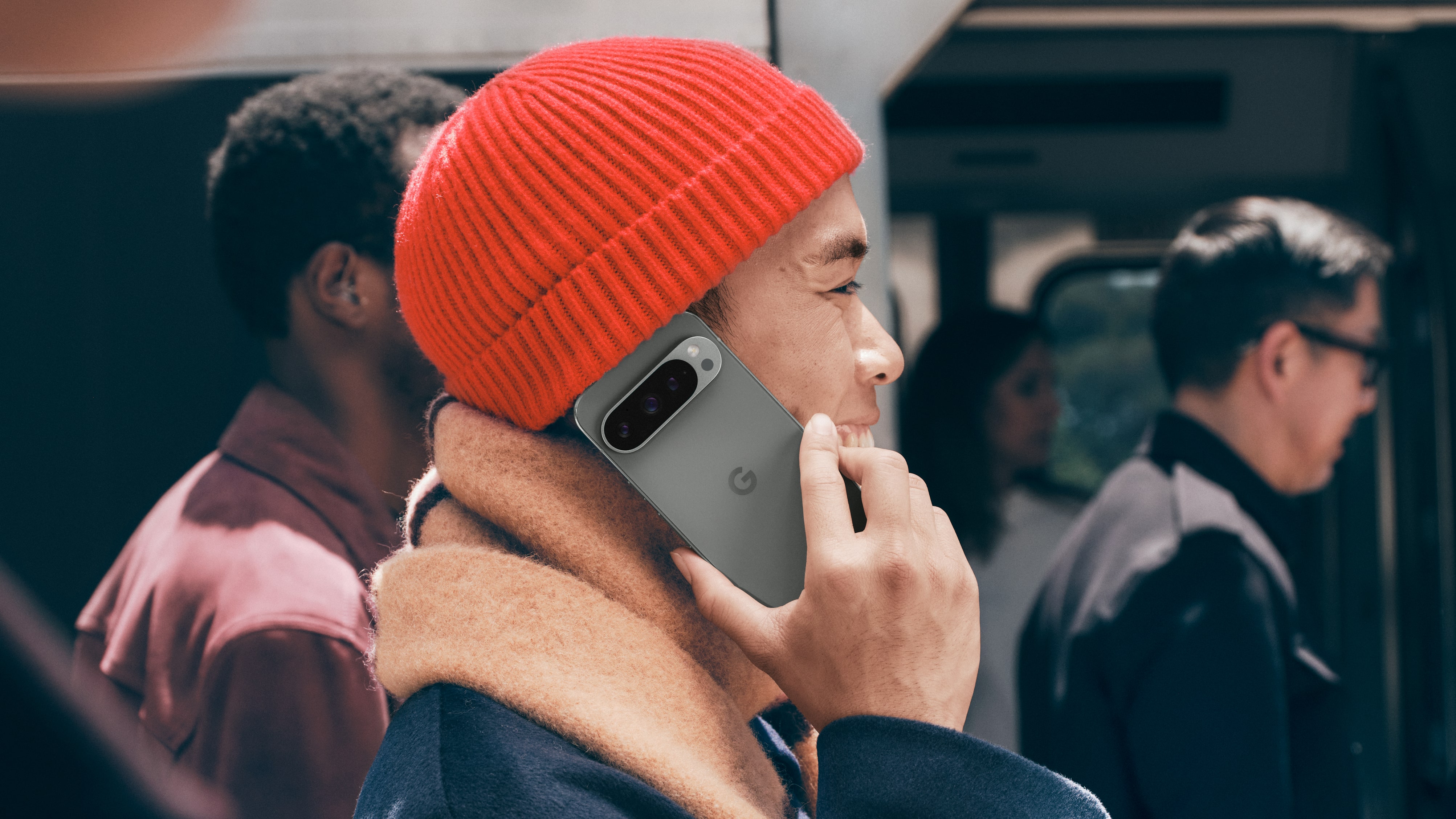
- Google Tensor G4 chipset
- 16GB RAM
- New AI features
Under the hood, the Pixel 9 Pro is powered by Google's new Tensor G4 chipset, which is the chipset you'll find in every Pixel 9 device, including the standard model.
Naturally, this newer chipset brings performance improvements over the Pixel 8 Pro, but it's unlikely to compete with chipsets in most rival phones, and results from a CPU throttling test suggest it doesn't hold up well under pressure.
The real headline addition to the Pixel 9 Pro though is its new 16GB RAM capacity, which allows the phone to process AI tasks better than... perhaps any other phone on the market right now (for reference, the iPhone 15 Pro Max comes with 8GB of RAM).
As on the Pixel 8 Pro, a quick press and hold of the power button on the Pixel 9 Pro triggers Google's Gemini assistant, and the new phone comes with the Google One AI Premium plan, which gives you access to Gemini Advanced, for free, for one year.
New software features for the Pixel 9 Pro include Pixel Screenshots, which uses on-device AI to save, organize and recall screenshots when you need them.
The Pixel 9 Pro comes with seven years of OS and security updates, which matches Google's software commitment to the Pixel 8 Pro.
Google Pixel 9 Pro: battery
- 4,700mAh battery
- 45W wired charging
The Pixel 9 Pro gets a slightly smaller battery (4,700mAh) than its predecessor (5,050mAh), but Google is nonetheless promising at least 24 hours of battery life when it's used normally. You'll supposedly get up to 100 hours of battery life (100!) with the phone in Extreme Battery Saver mode. Of course, we'll be putting both claims to the test in our full Pixel 9 Pro review.
Wired charging has been improved to 45W, which betters the 25W wired charging on the Samsung Galaxy S24 Ultra, though you'll need to buy a 45W charger to benefit from the upgraded speed, since Google doesn't include one in the box.
You might also like
- Best Pixel phones: these are the Google phones to buy right now
- The best Android phones: top Google-powered phones
- Google Pixel Buds Pro 2: price, release date, and everything you need to know

Axel is TechRadar's Phones Editor, reporting on everything from the latest Apple developments to newest AI breakthroughs as part of the site's Mobile Computing vertical. Having previously written for publications including Esquire and FourFourTwo, Axel is well-versed in the applications of technology beyond the desktop, and his coverage extends from general reporting and analysis to in-depth interviews and opinion.
Axel studied for a degree in English Literature at the University of Warwick before joining TechRadar in 2020, where he earned an NCTJ qualification as part of the company’s inaugural digital training scheme.